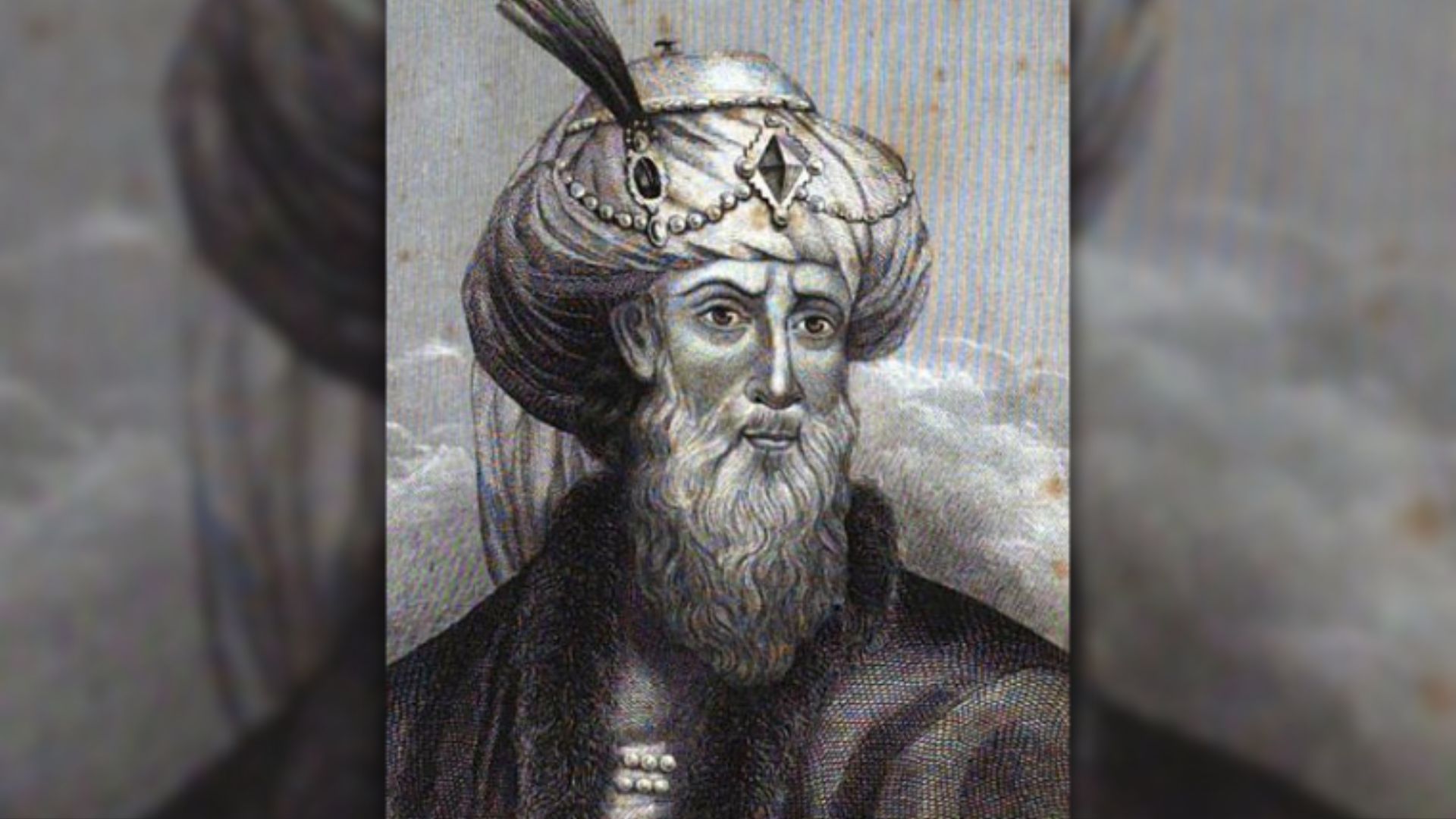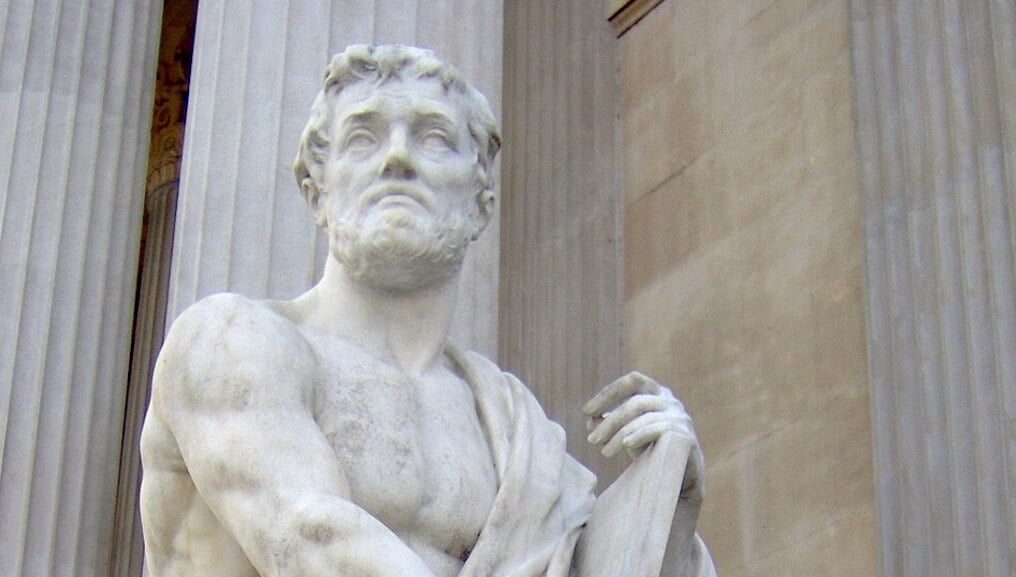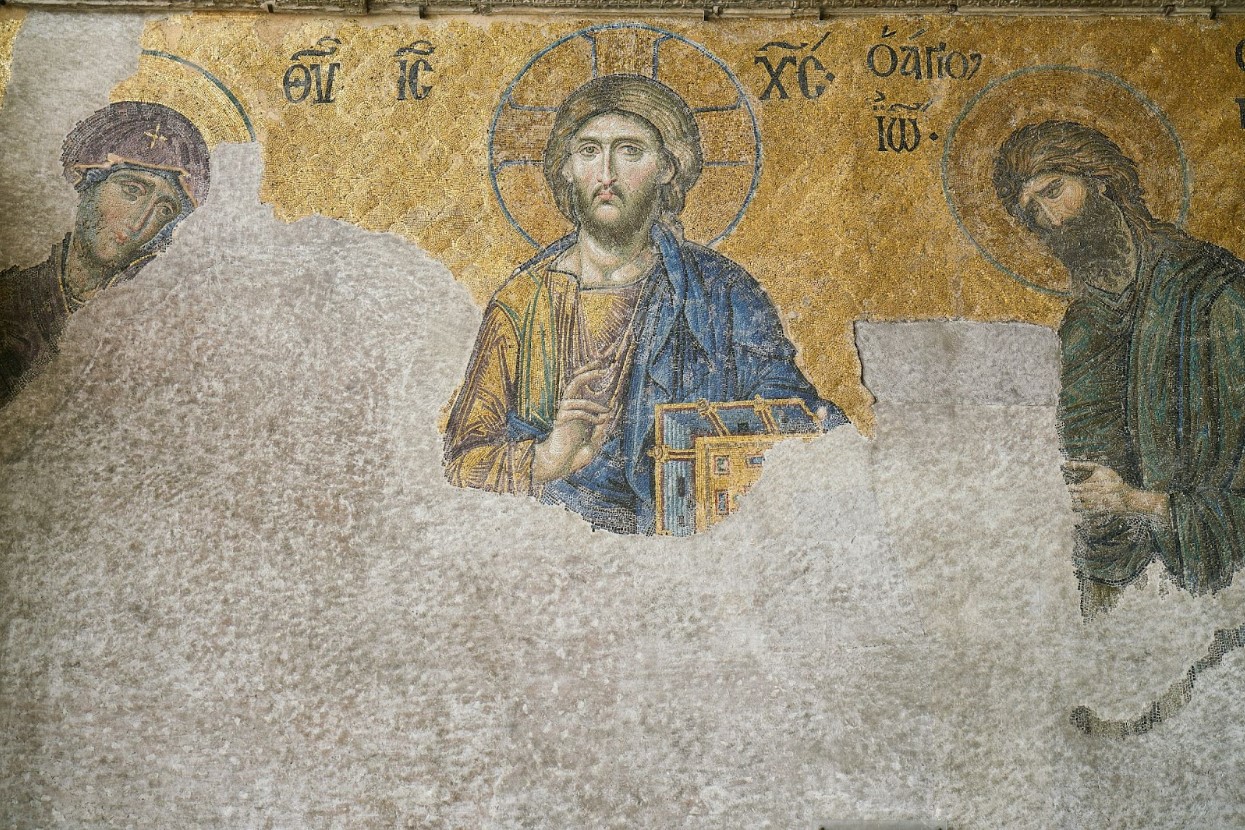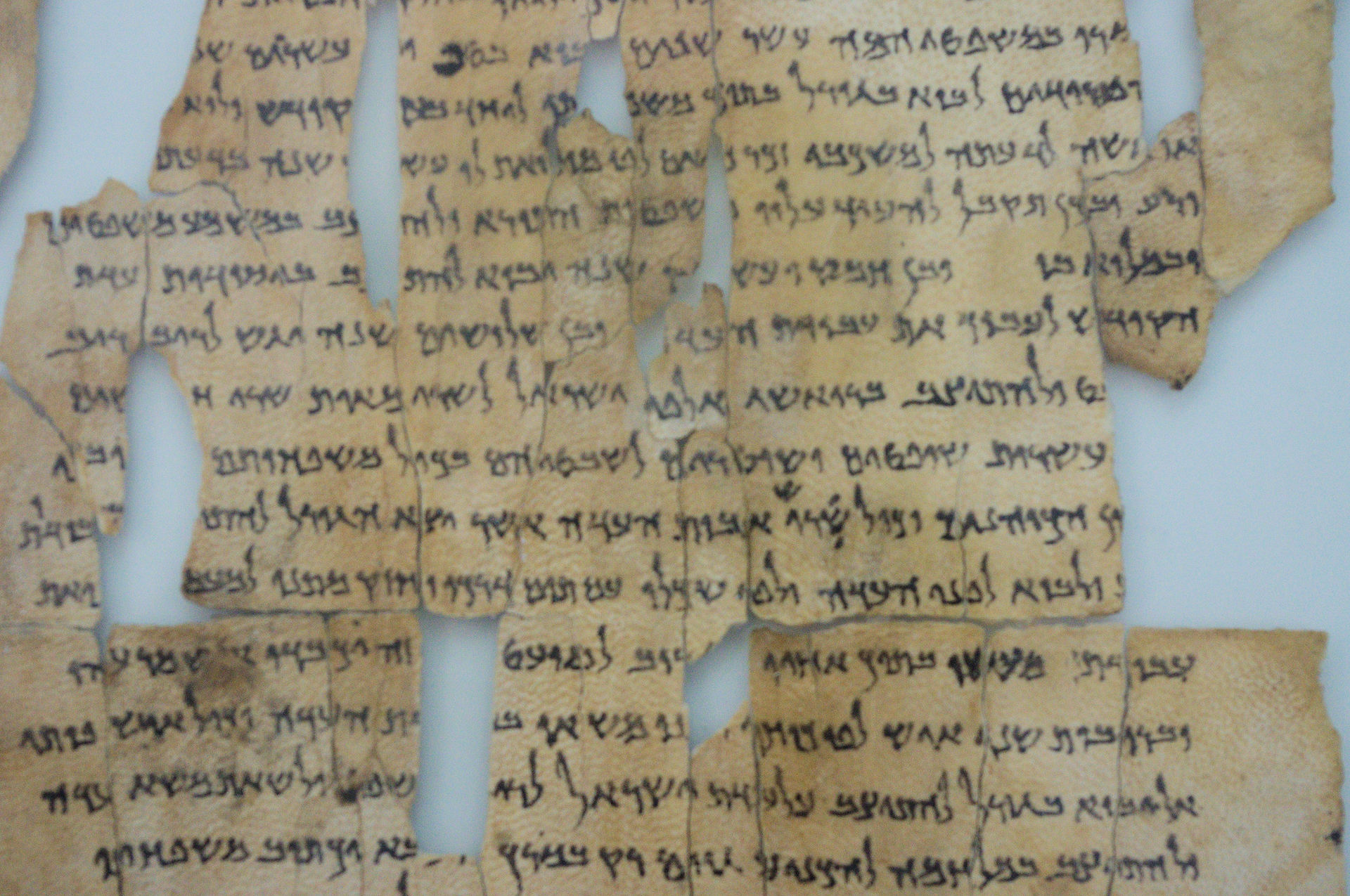Sources Other Than The Bible That Mention Jesus by Name
There is much debate about whether Jesus Christ existed in our world. This debate centers on the fact that hundreds of different interpretations of the Bible exist, rendering Jesus more of an idea or myth than a person.
However, there are other sources besides the Bible that mention the Son of God by name.
Flavius Josephus
One key source that can help determine whether Jesus was a real person comes from historian Flavius Josephus (AD 37–AD 100).

Source: Rachel Esther/Flickr
In the first century, when Christ was believed to be alive, Josephus, a Roman-Jewish historian and military leader, was a contemporary. The historian makes a clear reference to Christos in “Antiquities of the Jews,” written around AD 93 to 94.
Thallus
Josephus wasn’t the only historian to write about the Son of God. Roman historian Thallus also wrote about the prophet in some of his earlier works. His works, which were present in the 2nd and 3rd centuries, referred to a period of darkness following the crucifixion.

Source: Steve Evans/Flickr
Unfortunately, none of Thallus’s original works survived, making this source very debatable. If Thallus did write about Jesus, it would be the first non-Christian source to verify the crucifixion.
Tacitus
A century or so after the death of Jesus, Tacitus, a Roman historian and politician, refers to early Christians in Rome, Pontius Pilate, and the execution of Jesus Christ.

Source: Wikimedia Commons
Regarded as one of the greatest Roman historians by modern scholars, Tacitus would have had access to bureaucratic records to help him come to this conclusion in his work, “Annals.”
Mara bar Serapion
Mara bar Serapion, a Stoic philosopher from modern-day Syria, makes early references to establish whether Jesus Christ is real in a letter to his son, Serapion.

Source: Alexander Andreyevich Ivanov/Wikipedia
In the letter, Mara recalls the deaths of three wise men, listing Socrates and Pythagoras. The third man is referred to as “the wise king of Jews.” This would be one of the earliest references to Christ’s existence, circa 73 CE.
Pliny the Younger
Hailing from the later stages of the Roman Empire, Pliny the Younger often referenced Christus in his writings, but he never explicitly stated whether Jesus was real or not.

Source: Wikimedia Commons
The Roman government held negative views of Jewish leadership, a sentiment reflected in Pliny’s writing. However, it’s worth noting that Christus may have referred to the historical title Romans gave to leaders of Jewish settlements.
Oral History
Before the completion of the New Testament, which the Church believed told the most complete story of Jesus’s time on Earth through a collection of stories, Christians orally shared their teachings.

Source: engin akyurt/Unsplash
The historicity of these oral stories is debatable as it is hard to trace the origins of an oral story. These stories quickly lent themselves to myth, but they did provide evidence that Jesus was real.
Suetonius
Roman historian, Suetonius, clearly references the early Christians and their leadership in his best-known work, “Lives of the Twelve Caesars.”

Source: Wikimedia Commons
In one passage that seems to prove Jesus was real, Suetonius refers to a local leader in the early first century who was causing problems for Rome.
Phlegon of Tralles
While Phlegon of Tralles’s work has been lost to time, his ideas live on through Julian Africanus. While none of his ideas state explicitly whether or not Jesus existed, some points suggest that Phlegon might have known of a particular Jewish leader.

Source: Ary Scheffer/Wikipedia
Considered evidence of Jesus’s existence is an eclipse lasting around three hours during the time of Tiberius.
Philo
Philo, a Jewish philosopher, would have been a contemporary of Jesus in the region. Although his existing work does not explicitly mention Christ, the language is eerily similar to that of the New Testament.

Source: Pixabay
There is also a popular myth that Philo met the apostle Peter and incorporated Christian language into his work.
The Dead Sea Scrolls
The researchers discovered the Dead Sea Scrolls, also known as the Qumran Caves Scrolls, between 1946 and 1956. These scrolls constitute the oldest surviving manuscripts of entire books that scholars consider part of the biblical canon.

Source: Ken & Nyetta / Flickr
These manuscripts detail the language and customs of Jewish people who would have been followers of Christ when he was alive.
Claudius Galenus
Claudius Galenus seemed to reference Christ in a passage from one of his famous works, writing: “One might more easily introduce novelties to the followers of Moses and Christ than to the physicians and philosophers who cling fast to their schools.”

Source: Wikimedia Commons
Galen’s work suggests that he may have believed Jesus was real, despite being about a century removed from the time when Jesus would have been alive.
